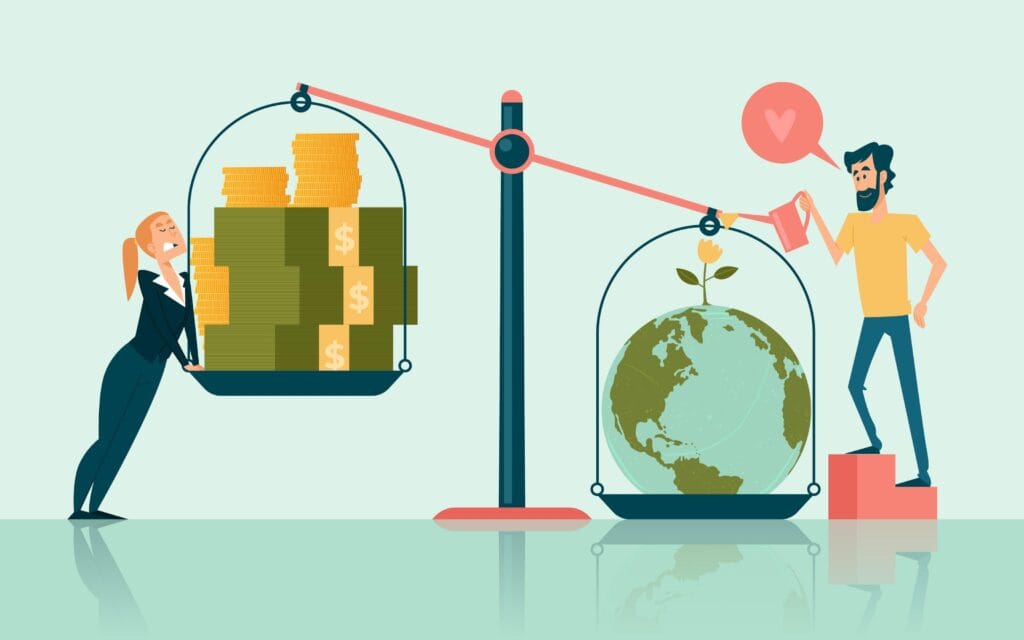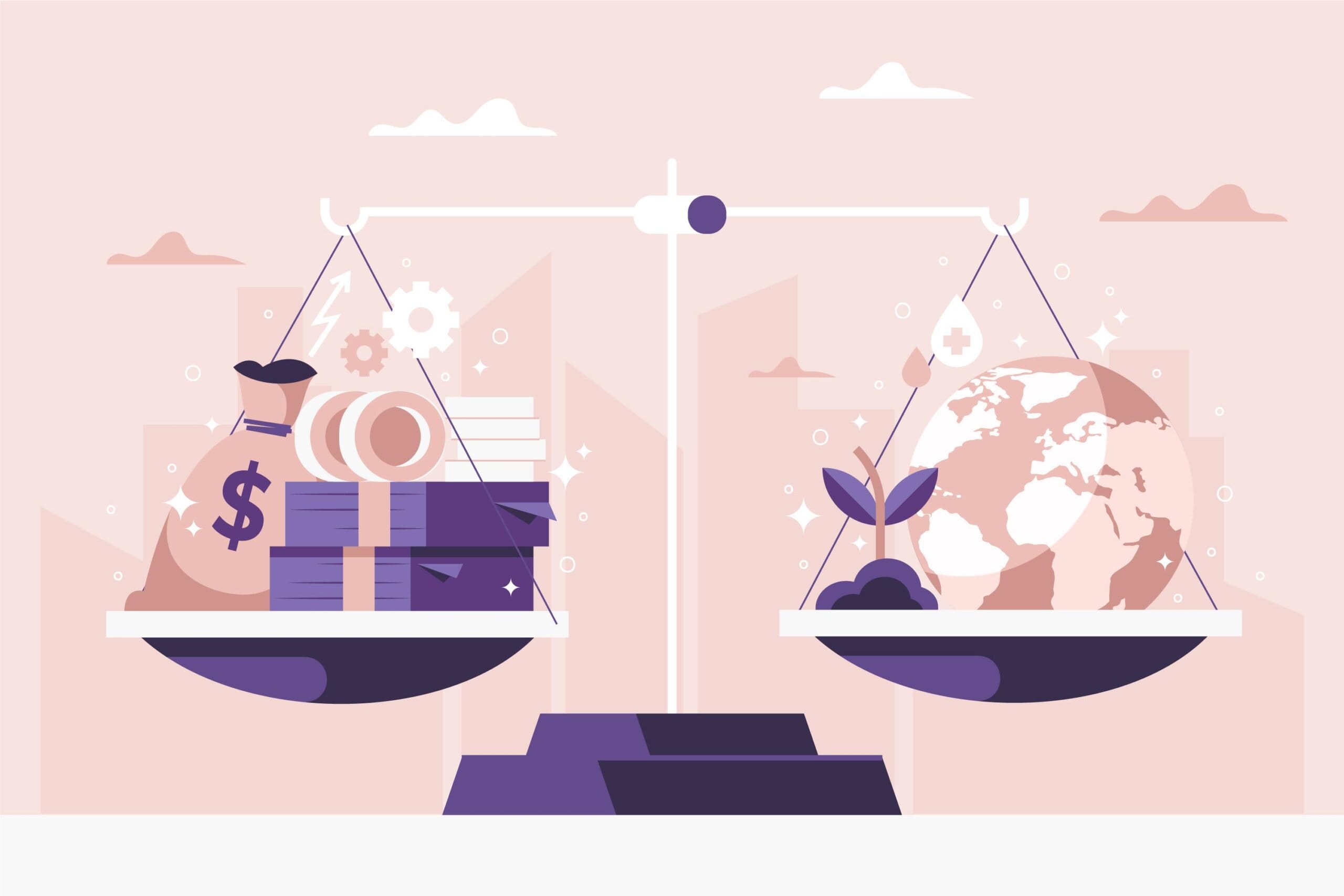Introduction: Understanding the Concept of Supply and Demand
The balance between demand and supply is a key concept in economics that plays an important role in determining the price of goods and services. The relationship between these two forces is influenced by several factors, including consumer preferences, production costs, availability of resources, and government policies.

At its core, demand refers to the amount of a product or service that consumers are willing to buy at a certain price point. As prices rise or fall, so does demand. On the other hand, supply refers to the amount of goods or services that producers are willing to sell at a given price level. When prices increase for products or services offered by suppliers it motivates them to produce more which leads towards greater supplies available in market.
Equilibrium: When Supply Meets Demand
When there is equilibrium between supply & demand – i.e., when both sides are equal then it means this market operates efficiently without any distortions caused due to imbalances between these two forces leading into optimal allocation of resources across different sectors.
However, when there’s excess demand compared with limited availability from suppliers (i.e., too many buyers but not enough sellers), this can lead towards rising prices as businesses try taking benefit from surging demands thereby increasing their profit margins over time.
On the contrary side when there’s surplus production capacity relative low levels of consumption (i.e., too many sellers competing for few buyers), we may observe declining prices as producers try everything possible just so they could get rid off their inventories before they expire thereby reducing profitability along with overall economic activity within such markets eventually leading into deflationary pressures on economy.
Government Intervention in Balancing Demands and Supplies
In order maintain stability amid fluctuations arising out from imbalances created by uneven demands & supplies governments often intervene through various measures like subsidies/taxes etc helping regulate pricing mechanisms while ensuring efficient resource allocations throughout different sectors without creating any distortions undermining long term sustainability.
Conclusion: Achieving Sustainable Economies through Balance between Demands and Supplies
In conclusion balancing demands and supplies is crucial part maintaining sustainable economies whereby one must factor externalities affecting each force while implementing policy interventions aimed at correcting imbalances over time. By understanding how these forces interact with each other we can better predict future trends affecting our lives today!
Other Important Posts:-
Gross Domestic Product (GDP) I India’s GDP



